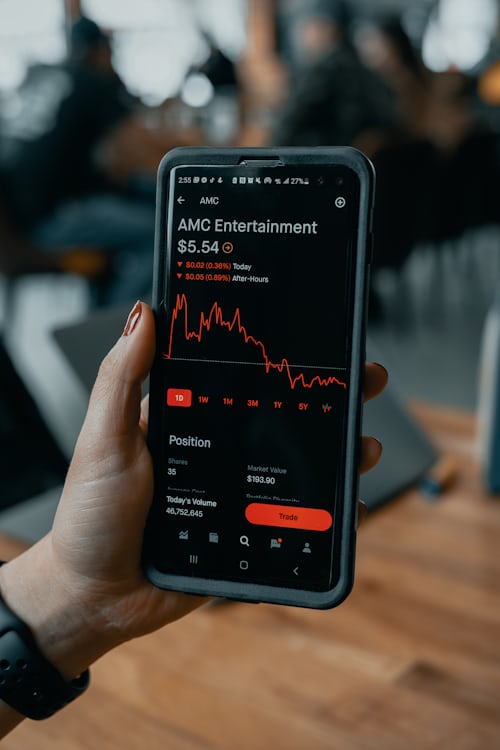Hurricane futures, which are available for three regions (the entire USA, the state of Florida and the coastal states of the Gulf region (states of Alabama, Louisiana, Mississippi and Texas) and are primarily aimed at institutional investors such as asset managers, hedge funds, banks and reinsurers, are also open to private investors in principle.
Hurricane futures have an insurance character: If hurricanes cause damage in the insured region in a certain amount, the contracts are settled at USD 10,000/contract. If the damage does not exceed the trigger level, settlement takes place at 0.10 USD. When exactly the insured event occurs is regulated in a standardised manner in the contract terms: "For the calculation of insurance losses, Eurex uses the data of the Property Claim Service of ISO (Insurance Service Offices), the only internationally recognised estimator of catastrophe-related insurance losses in the USA."
For each of the three regions, there are different contracts with different maturities and trigger levels. The latter range from USD 10 to 50 billion. The higher the trigger level, the lower the probability of a payout from the contract.
Another EUREX instrument worth mentioning is Euro Inflation Futures. The futures contracts are based on the European consumer price index HICP ex Tobacco, which is calculated monthly by the European statistics authority Eurostat. The futures contract is only priced twice a day in short auctions, as inflation expectations change quite slowly.
Futures as a leveraged market investment
Futures trading on futures exchanges is based on the margin principle. This means that only a fraction of the contract countervalue has to be backed by collateral (money or securities). This results in a leverage effect: If the equivalent value of a DAX future is 200,000 euros and the EUREX (or the broker through which trading takes place) requires a margin of 5%, 10,000 euros are sufficient to open the position. If the index rises by 5%, the equivalent value of the contract increases to 210,000 euros and traders achieve a profit of 10,000 euros or 100% of the stake in the case of a long position.
The margin requirements of EUREX
EUREX determines its margin requirements on an ongoing basis and separately for each contract. One of the most important parameters is volatility: if this rises, the risk for market participants increases so that the margin requirements are increased. Due to the constant updates, there is no static EUREX margin table.
Here is good explanation of margining by exnessthai.com: "การต่อรองเป็นกระบวนการของการประเมินใน โหลด mt4 exness การคํานวณและการชําระหลักประกันที่จะฝากสําหรับตําแหน่งเปิดเพื่อให้ครอบคลุมความเสี่ยงที่เกิดขึ้นจากนั้น".
"Margining" is the process of "assessing, calculating and settling collateral to be deposited for open positions in order to cover the risks arising therefrom".
"Risk-based" refers to the desired minimisation of the collateral to be deposited. This is achieved by offsetting the risks of opposing positions. The aim is to demand the lowest possible collateral for a given desired collateral level. This endeavour must be seen in the context of the attempt to design efficient markets - market organisers such as EUREX consider this to be their core business.










[…] variety of football seasons, so also the times and periods that people get to place their bets. The English Premier League is one common one that most people always tend to look out for in Nigeria. You can also bet on La […]